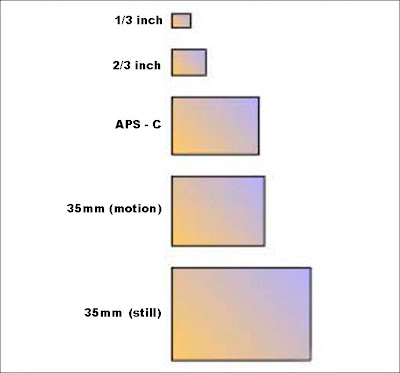
The best cyclists in the world will be rolling through the San Francisco bay area this week giving us photographers ample opportunities for some great images.
The Amgen Tour of California starts Sunday in Nevada City and winds it's way through the bay area and then on to southern California where it finishes Sunday, May 23 in Thousand Oaks. The field of 128 professional cyclists from 23 countries features three-time consecutive race winner Levi Leipheimer of Santa Rosa, and his teammate and seven-time Tour de France champion - some guy named "Lance".

If you've never photographed a bicycle race, you're in for a treat - these are the very best cyclists in the world. Most will race in the Tour de France this July and they're in our back yard this week! And, the best thing is that you don't need to have press credentials to get awesome shots - you don't need that 300mm or 400mm 2.8 lens you see all the sports shooters carrying. Even a little point and shoot can do the job.
I've covered this race every year for the San Francisco Chronicle. I'm a cyclist and a big fan of racing, having raced for a local bay area amateur team in my younger years. So, I've always looked forward to shooting this colorful race. And even though I had press credentials giving me all kinds of access, I rarely used them. This race is accessible to anyone willing to be creative in their planning and shooting. Careful planning will increase your chances for some memorable photos.



The Amgen website is very helpful in planning your shoot. For each day's stage race, they list approximate times when the peloton is expected to arrive at various points in the race. This helps you decide where you want to be and when. Keep in mind that in most areas, the race route will be shut down to vehicle traffic 1 to 2 hours prior to the racer's arrival and not open up until after the last riders come through so again, careful planning is important to get the shots you want.
Starting Line ...The race team buses and cars arrive 2-3 hours before the start of the race. You'll get a chance to photograph the expensive bikes and watch as the team mechanics do final prep on them. You'll also get to see the riders on their stationary trainers warming up and if you're lucky enough, some will even sign autographs and pose for photos. At Team RadioShack, be prepared for a huge crowd of fans - mostly due to that guy named Lance. Bring a step ladder and the crowd will not be an issue. At race time, riders will gather under the start sign and the days leaders will be introduced. Again a small step ladder will be your friend and shooting over the 4-5 deep wall of fans will be no problem.
Along the Route ...These guys are fast! Keep that in mind when planning your shoot. If you choose a location on the flats, they'll whiz by at over 30 mph - on the downhills, they can go over 60! Trying to pick out your favorite racer will be impossible. The peloton will be bunched up at the base of some of the early hills, giving you the opportunity for some great colorful shots of the entire peloton. A telephoto lens really helps here to compress the mass of riders.The hills will slow the riders down - just a bit! - but enough for you to get the shots you need. Wide angle or telephoto both can work here as you can get close to the riders. If you're trying to get a great shot of Lance, wait for him near the top of the steepest hill that is late in the race. The peloton will most likely have broken apart at this point and will be strung out. Who knows, Lance may even be in the lead!
Finish Line ...Shooting the finish can be exciting. If the race is a hilly one, there may be just a few riders sprinting for a podium finish. Soon after, the entire pack will sprint to the line at speeds over 40mph which is exciting to witness. You just need to be flexible and again, bring that step ladder. Here, a long telephoto could be useful as I love the compressed view of them coming straight towards the camera.
Awards Ceremony ... A few minutes after the last riders straggle in, the awards ceremony will start. Race leaders will be introduced and the yellow jersey will be presented to the overall race leader. Podium girls, politicians, sponsors, racers, and fans - all will be here making for a great colorful photo op. A telephoto lens will help here as it will be difficult to get near the stage however the stage is always raised so that ladder you smartly carried all day today probably won't be needed.

 Helpful Links :Amgen Tour of California Stage Info
Helpful Links :Amgen Tour of California Stage Info  Now go out there and have fun shooting!All photos by Michael Maloney/SF Chronicle : 2008, 2009
Now go out there and have fun shooting!All photos by Michael Maloney/SF Chronicle : 2008, 2009




















